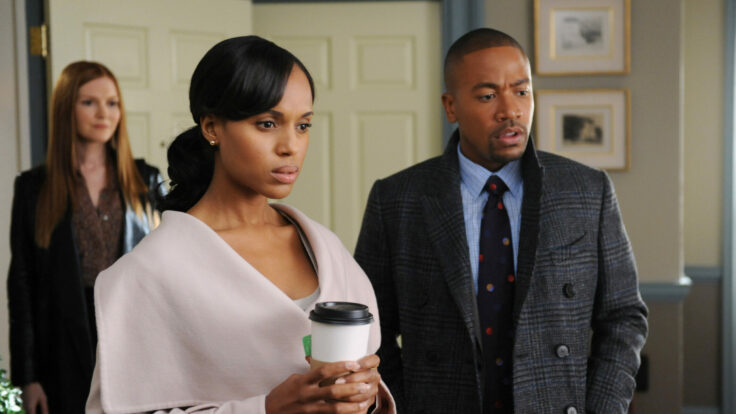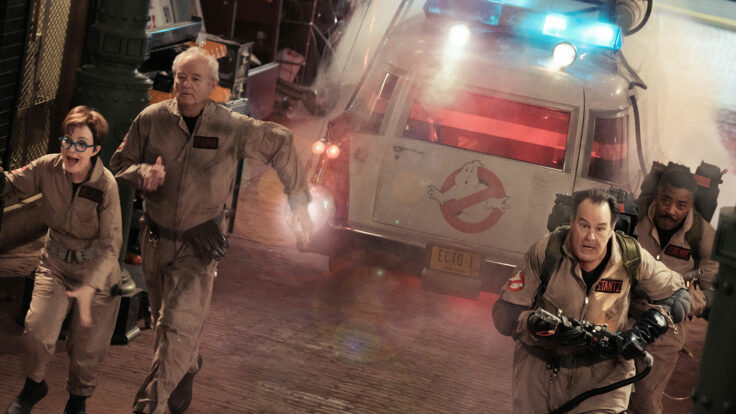Let’s chart the current state of the movie theater business in two headlines, just a few days apart, both from The Wall Street Journal. Last Sunday: “Movie Theaters Plot Revival as Americans Show Up for Blockbusters.” And then on Friday: “Regal Owner Cineworld Nears Bankruptcy as Theater Comeback Lags.”
Got that? The Covid recovery is going great—so great that the world’s second largest theater chain is about to go bankrupt. That schizophrenia extends to the studios, too. “There’s no question that we’re coming back,” enthused Jeff Goldstein, the Warner Bros. distribution chief, in that first Journal piece, echoing what you will hear when you have lunch with any film executive. But that was followed closely by a more revealing quote, also from Goldstein: “What the audience is clearly telling us is they love the big-screen experience, but not for every movie.”

















